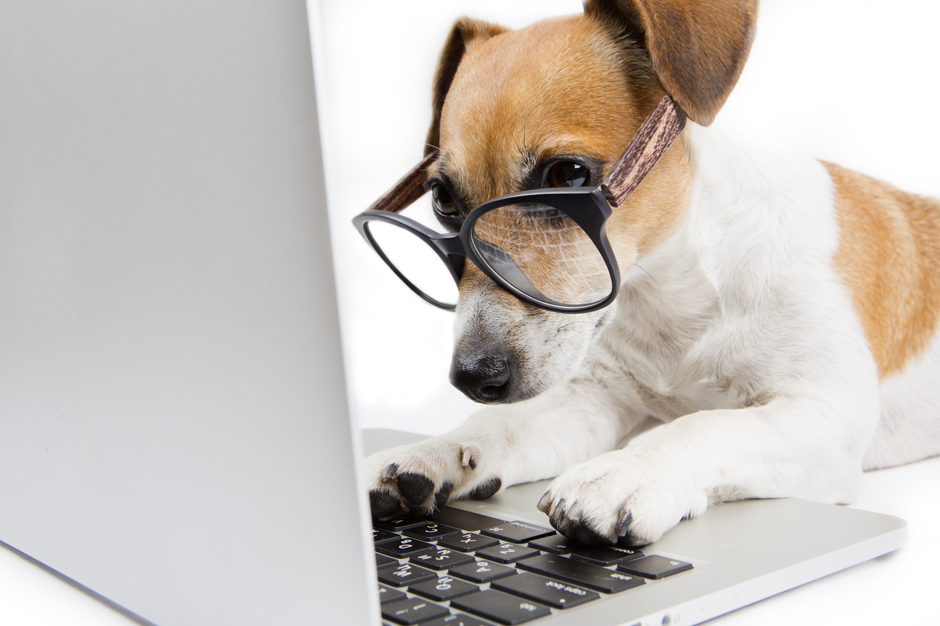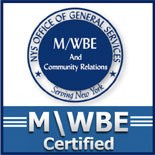 The idea of letting people bring pets with them to the office can seem a little far “fetched” (pun) to some. How are people supposed to get work done with dogs barking and cats sitting on their keyboards? But it seems the pros far outweigh. Plus, we’ll give you some tips to help keep cleanup and maintenance in order.
The idea of letting people bring pets with them to the office can seem a little far “fetched” (pun) to some. How are people supposed to get work done with dogs barking and cats sitting on their keyboards? But it seems the pros far outweigh. Plus, we’ll give you some tips to help keep cleanup and maintenance in order.
In a 2012 study, employees who were around dogs in the workplace reported feeling less stressed than employees who have dogs but left them at home, according to researchers from Virginia Commonwealth University. The study also found that pets triggered workplace interactions that would not normally take place.
The Centers for Disease Control and Prevention also cited similar stress-reducing benefits.
To encourage more companies to consider a pro pet policy, Pet Sitters International began designating a Take Your Dog To Work Day in 1988. The event is usually the fourth Friday in June. In 2003, approximately 5,000 businesses participated in the event.
Consider the following guidelines and ideas to help make pets in the workplace a workable practice.
Plan for a safe, successful visit:
In order for everyone in the workplace to feel comfortable, take only well-behaved pets who are comfortable and reliably safe around strangers. Take only dogs and cats who have been socialized to people and other animals. Leave your aggressive pets at home. Your dog needs to understand the basic commands, such as SIT, STAY and DOWN.
Use flea preventive before taking your pet to work. Also, brush and clip nails before office visits. And remember, smelly and dirty pets can result in complaints.
Make a list of items to bring, including bowls, food, treats, a leash, a pet carrier (if necessary), toys, poop bags and clean up supplies (in case accidents happen). Use a leash that does not tangle easily.
Once you’re at work
Supervise pets; closely. Each owner needs to act responsibly. Dogs must be kept on a leash in public areas and cats must be monitored at all times. Place a note on the door of your office letting people know you have a pet inside to avoid any unpleasant surprises.
If you work in a cubicle, put a small folding fence or other sturdy barrier in from of the door so pups can’t roam. Also, not all dogs like delivery people so be on the lookout.
When bringing toys, make sure they don’t make any irritating noises, so as not to distract or annoy other coworkers.
Not everyone is as into pets as you are. In the office, there needs to be designated “pet-free” zones, such as conference rooms, restrooms and cafeterias.
Potty and exercise breaks… and cleaning up
Plan your day so you can walk your dog outside a few times during the day. He or she may have to potty more often due to the excitement of visiting a new environment and people. Owners must clean up after their pets. The company should have poop bags handy and a garbage can located in a convenient location outside so owners can easily clean up after pets. If not, make sure to bring your own bags and locate trash bins close by.
Three accidents and you’re out: some companies allow only three bathroom accidents per dog and then they must stay at home until potty trained. An exception might be a young puppy that goes to the bathroom on newspapers laid out and cleaned up by the dog owner. Use a plastic liner beneath the papers. In any case, if your pet has an accident, clean it up or else you will risk complaints and turn the company off to the concept of pets at work.
Do not leave water and food bowls and pet food out. Put them away before you leave.
Great ideas
Use your pets at work days to enlighten coworkers about pet overpopulation — and to encourage adoption of dogs, cats and other animals from shelters and rescue groups. Several PAW and other rescue volunteers have done this in the past. If your company has a charity giving program, sign up to support an animal charity. See if your employee will make matching gift donations.
Raise money for your local humane society, SPCA or animal welfare shelter by setting up an honor snack bar in the company’s lunch or break room.
Check out Robin’s Pet Tips for general pet guidelines and tips on keeping a happy healthy pet!
Bringing a pet to work can be a great idea, but it has to be controlled in order for the experience to be stress-free for you, your pet(s) and your coworkers. Follow these simple rules to maintain a happy and puuuuur-fect work environment.
Source: paw-rescue


